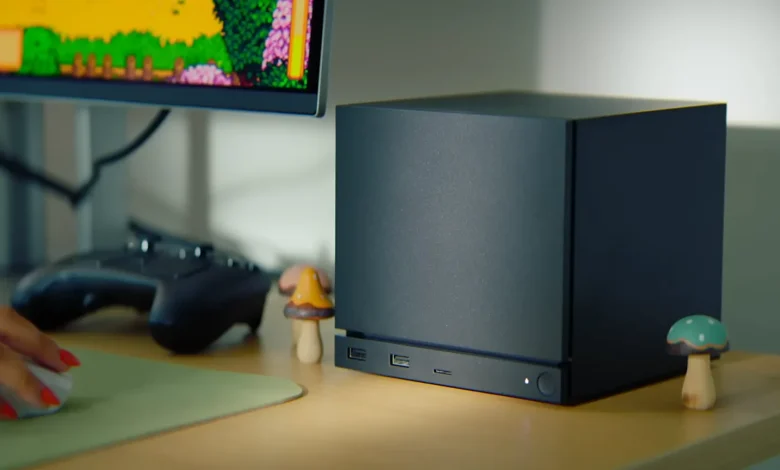Can Valve’s Steam Machine Compete Head-To-Head With Xbox And PlayStation?


Sony and Microsoft have long dominated the console wars. Still, Valve is positioning itself to enter the battlefield with a system that blends the power of PC gaming with the simplicity of a living room console. Its new Steam Machine is already sparking conversation about whether the gaming landscape is ready for a true PC console hybrid that can stand alongside the PlayStation 5 (PS5) and Xbox Series X.
What Makes The Steam Machine Different
According to the BBC, Valve describes the Steam Machine as a compact yet powerful gaming PC that fits neatly under a television, delivering a streamlined experience for those who want PC-level performance without the usual complexity. The company describes it as a system optimized for gaming, capable of supporting 4K resolution at 60 frames per second, powered by Linux-based SteamOS and AMD graphics processors. With Valve’s Steam platform already serving as the largest distribution platform for PC games, this new hardware arrives carrying the weight and reputation of a massive digital ecosystem.
The Steam Machine builds upon what players loved about the handheld Steam Deck, strengthening its features, according to The Verge. The outlet notes that the device uses two AMD chips and achieves performance that comes close to the PS5 and Xbox Series X, all within a six-inch cube that resembles a small form factor Xbox tower cut in half. Valve’s Proton compatibility layer plays a crucial role. Unlike the Steam Machine attempt from a decade ago, developers no longer need to port games to Linux. Proton allows most Windows PC games to run seamlessly. This design solves one of the biggest failures of the original model and positions the new system as a more credible threat.
The Science Behind The Product
Its potential impact reaches beyond hardware. The system challenges Microsoft’s long-running ambition to merge Windows and Xbox into a unified platform. The Verge describes Microsoft’s current combination of Windows and Xbox as feeling incomplete and in need of refinement, especially as Valve continues to improve SteamOS for console and handheld play. If Valve can eventually expand Steam Machines through other PC manufacturers, the pressure on Microsoft grows significantly.
As for consumers, analysts suggest the audience may initially mirror that of the Steam Deck. The BBC reports that early adopters will likely be existing Steam users who want to shift their libraries into the living room and value enthusiast-level performance. Yet analysts also acknowledge the moment is right for a PC console hybrid, especially as Sony and Microsoft move beyond traditional exclusives and lean into streaming-based ecosystems.
Valve sweetened its hardware push with another surprise, BBC continued. Alongside the Steam Machine, the company unveiled the Steam Frame virtual reality headset, a wireless device that also runs SteamOS and aims to deliver the highest graphical fidelity only to the parts of the screen the player is actively viewing, which is considered “a technical leap forward in the VR space.” This double announcement signals Valve’s intention to build a broader ecosystem rather than a single device.




